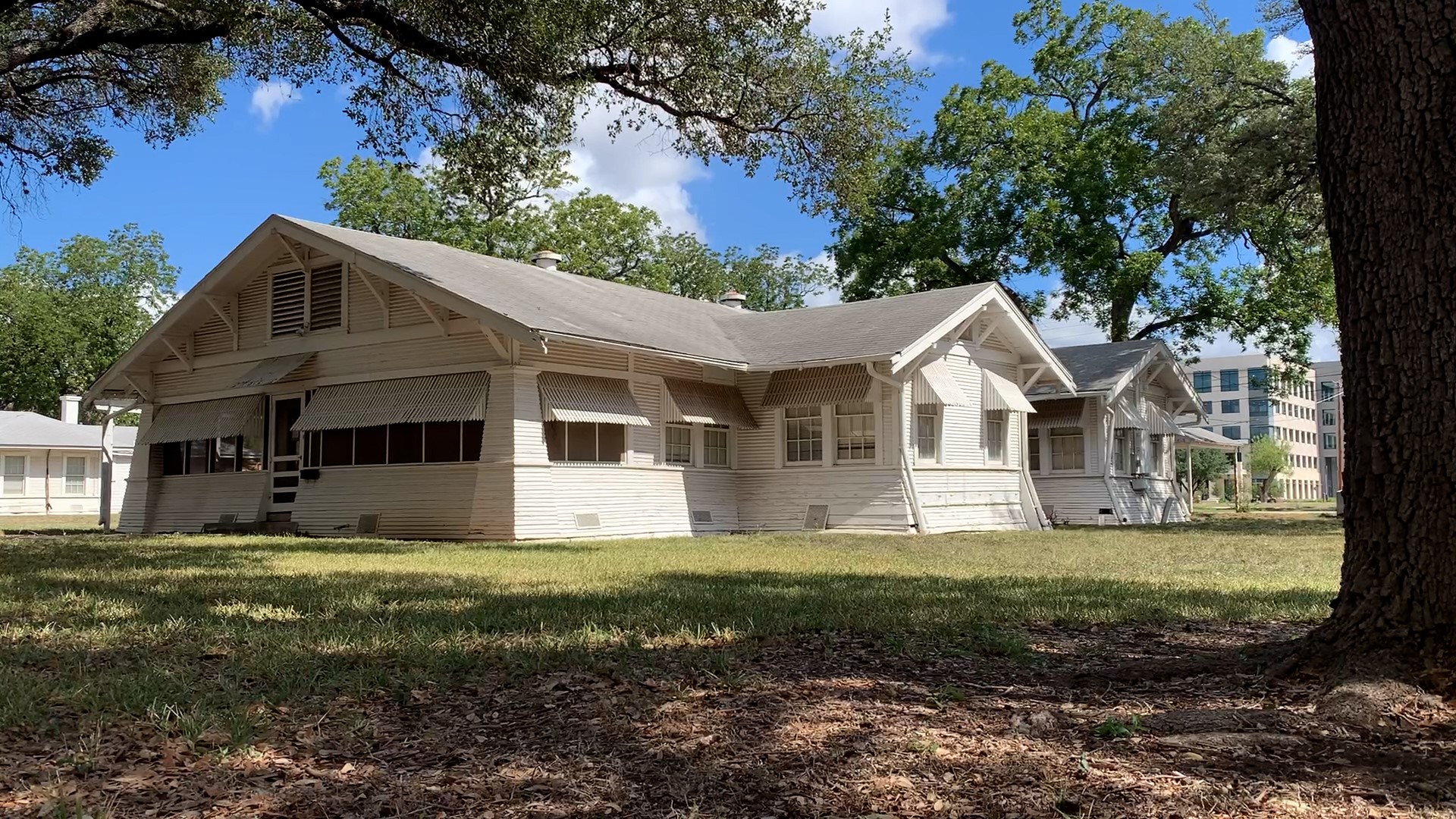SAN ANTONIO — It’s estimated 500 homes are demolished each year in San Antonio, and staff estimate that number is going up. During a presentation to city council, the city’s Office of Historic Preservation compared de-construction to organ donation.
“Sometimes buildings are going to come down; their building removal is necessary. But, when that happens, those materials can be reused and extend the life of other buildings in our community,” Shannon Miller said.
The goal behind the ordinance will be to deter most materials from going to landfill. The de-construction ordinance passed the city council in a 10-1 vote on September 8.
Homes can stand for decades but can be torn down in an instant when they’re demolished.
“It’s what’s happening, and it’s what we’re trying to stop from happening,” Leticia Sanchez with the Historic Westside Residents’ Association said. It's happening in her neighborhood too.
Even though a home might be coming down, it doesn’t mean everything must go.
“Any type of wood, like framing materials and things like that, but also fixtures, molding, windows, doors and cabinets, those types of things,” Miller said. These are the kinds of materials that can be salvaged.
The de-construction ordinance will become effective in October 1 and will be implemented in three phases. The first phase will impact city-executed demolition of homes built before 1920.
Phase two of the program, which starts January 2023, will include all demolitions done by the city or a private contractor.
The third phase, which begins January 2025, will include all homes that were built during or before 1945.
Once fully implemented, the program could impact nearly 40% of demolition permits.
Councilmember Clayton Perry was the sole vote against the ordinance, saying de-construction is expensive.
“There’s estimates out there from $2,000 to $3,000 additional cost for construction by going this de-construction method, and that’s where I have my biggest heartburn,” Councilman Perry said.
Miller says that estimate is correct for a home between 1,200 to 1,400 square feet. Miller says the property owners can get some of that money back.
“That obviously does not take into account the value of the materials themselves, which many times, those materials can be sold,” Miller said.
Miller says it's up to the property owners to decide what they want to do with the materials.
Sanchez doesn’t believe the ordinance goes far enough as most buildings on the west side were built in the 1940s.
“We’re losing so many structures in the west side. It pains us every time we see another demolition in our neighborhood,” Sanchez said. They hope it will save some of the city’s oldest housing stock from being torn down.
To keep as much waste as possible from being dumped, the material could also be donated to the city’s Material Innovation Center where students can learn how to use reclaimed material in new projects.
“As a result of de-construction, we’ll be able to salvage more framing material, and things like that is sometimes, or often, is lost,” Miller said.
It’s estimated that a minimum of 2,800 tons of materials could be salvaged from 50 demolished homes within the first phase of the program.

